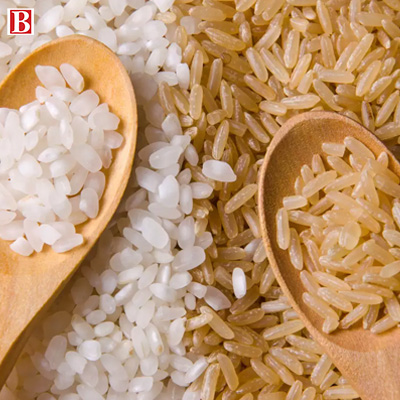Brown rice is unprocessed, unpolished white rice , that means brown rice is the whole grain and white rice is processed grain and these days all unpolished rice is sold under the name of brown rice. During the process of polishing, the two layers namely, germ (mineral-rich layer) and bran (rich in fiber) are lost which makes white rice deficit in vitamins, minerals, and fibers. Brown rice is better for diabetic people because its glycemic index is about 50 while it is 70+ for white rice.

Our body needs about 30g of fibers per day and any less is not good for the body. People living in the coastal areas like Odisha, Bengal, and Kerala, etc have rice as their staple food, and white rice having less fibers isn’t sufficient in fulfilling the daily requirement of the body.
This brown vs white rice is a very debatable topic in recent times and there are key differences to understand why the use of unprocessed rice should be preferred.
The benefits of brown rice :
- Helps to control diabetes
- Improves and maintains bone health as it is rich in calcium and Magnesium
- Helps in maintenance of cardiovascular health by preventing the Blockage of arteries
- High fiber content helps to improve Digestive health
- It contains Phosphorus which helps to control fats and obesity and hence in weight management
- Reduces risk of metabolic syndrome
- Reduces LDL cholesterol
- Is rich in Magnesium so helps in boosting energy
- Prevents gallstones.
Brown rice preference over white rice is not a health trend and the bottom line is that
Eating brown rice every day might be a better option than eating white rice. Its nutritional superiority makes it a much healthier and beneficial option, and it can even help with weight loss. Whole grains are known to be more beneficial to health in general, and the abundance of minerals in brown rice can help in keeping your body healthy and fully functional.














